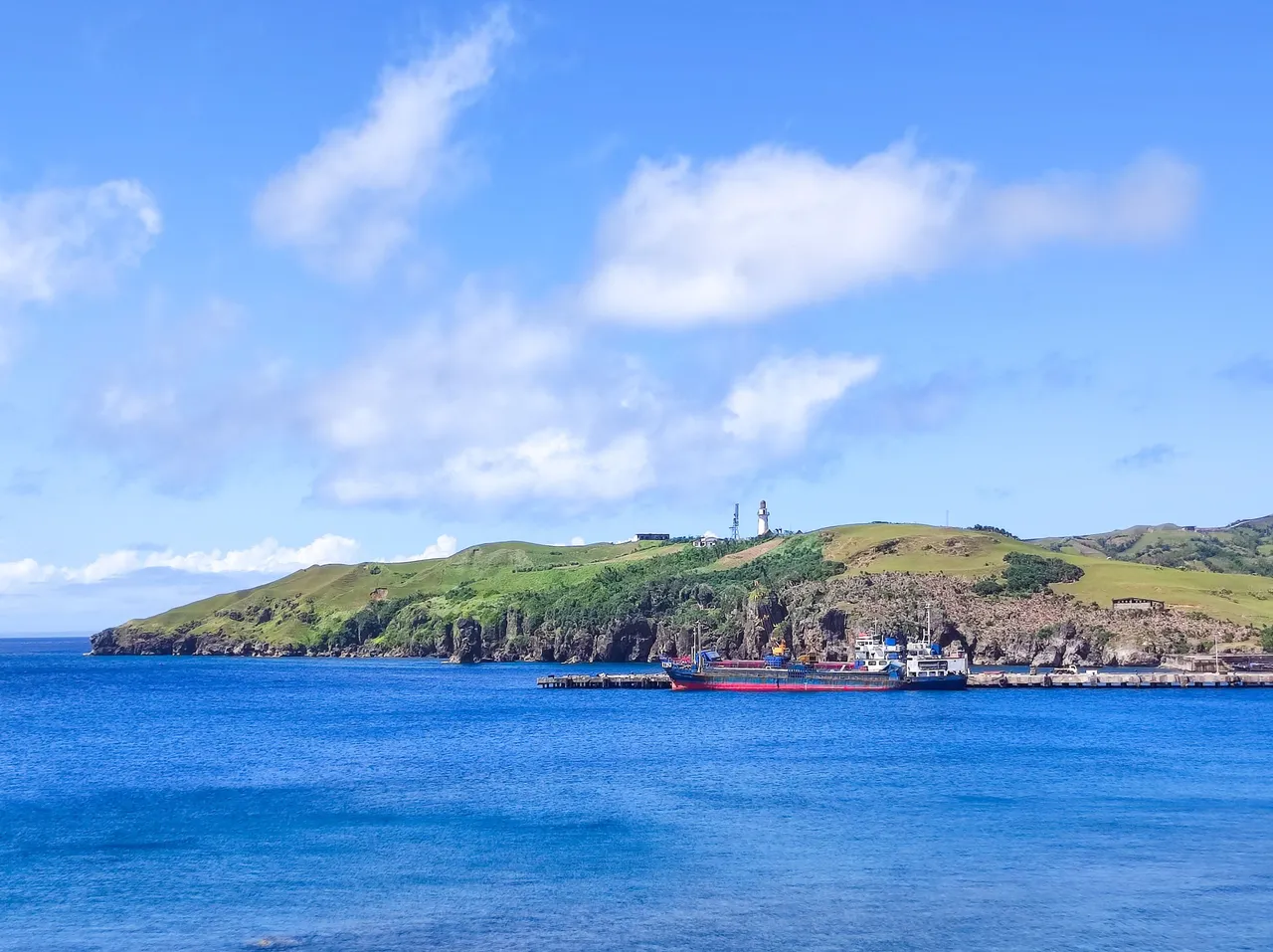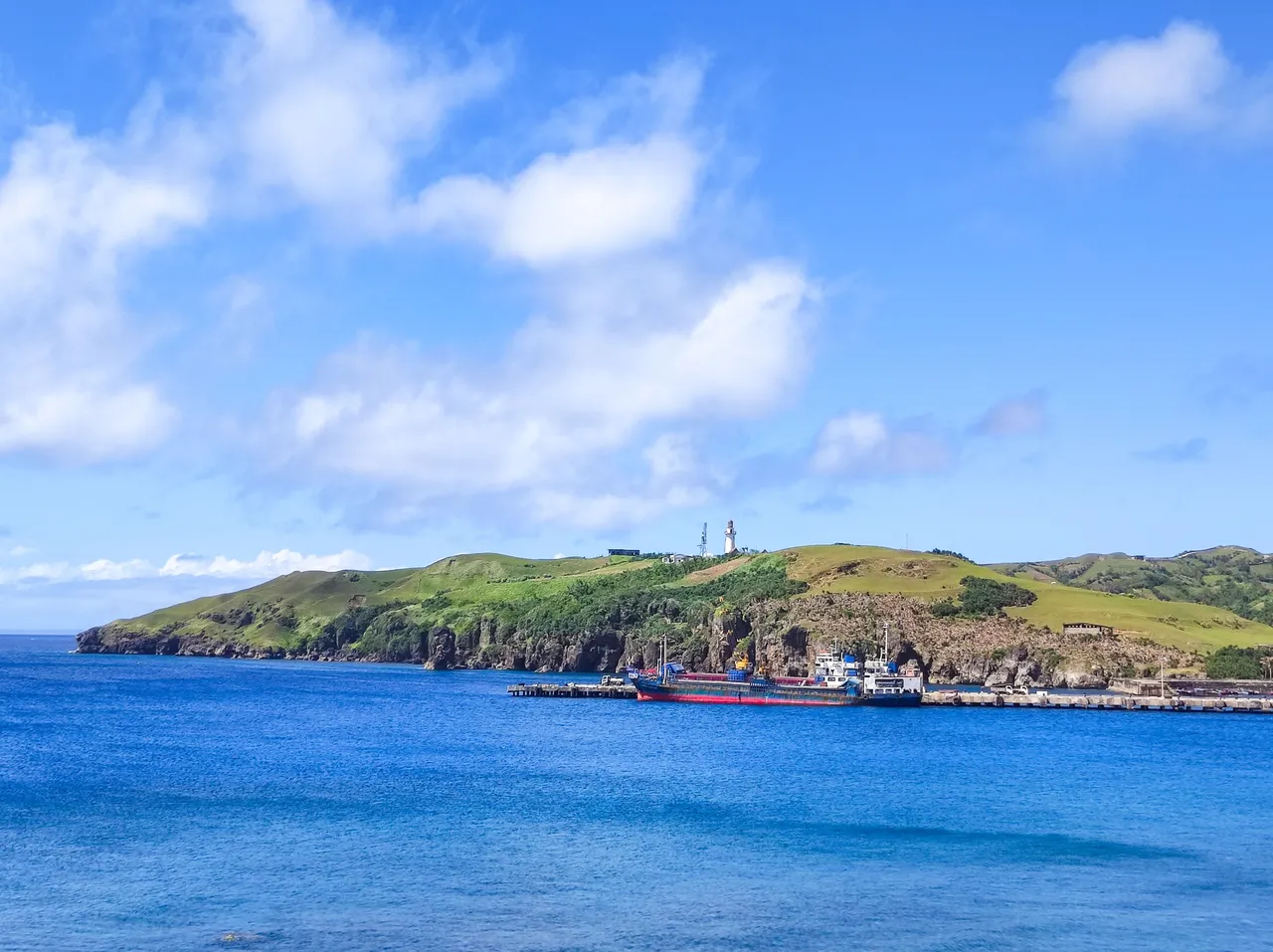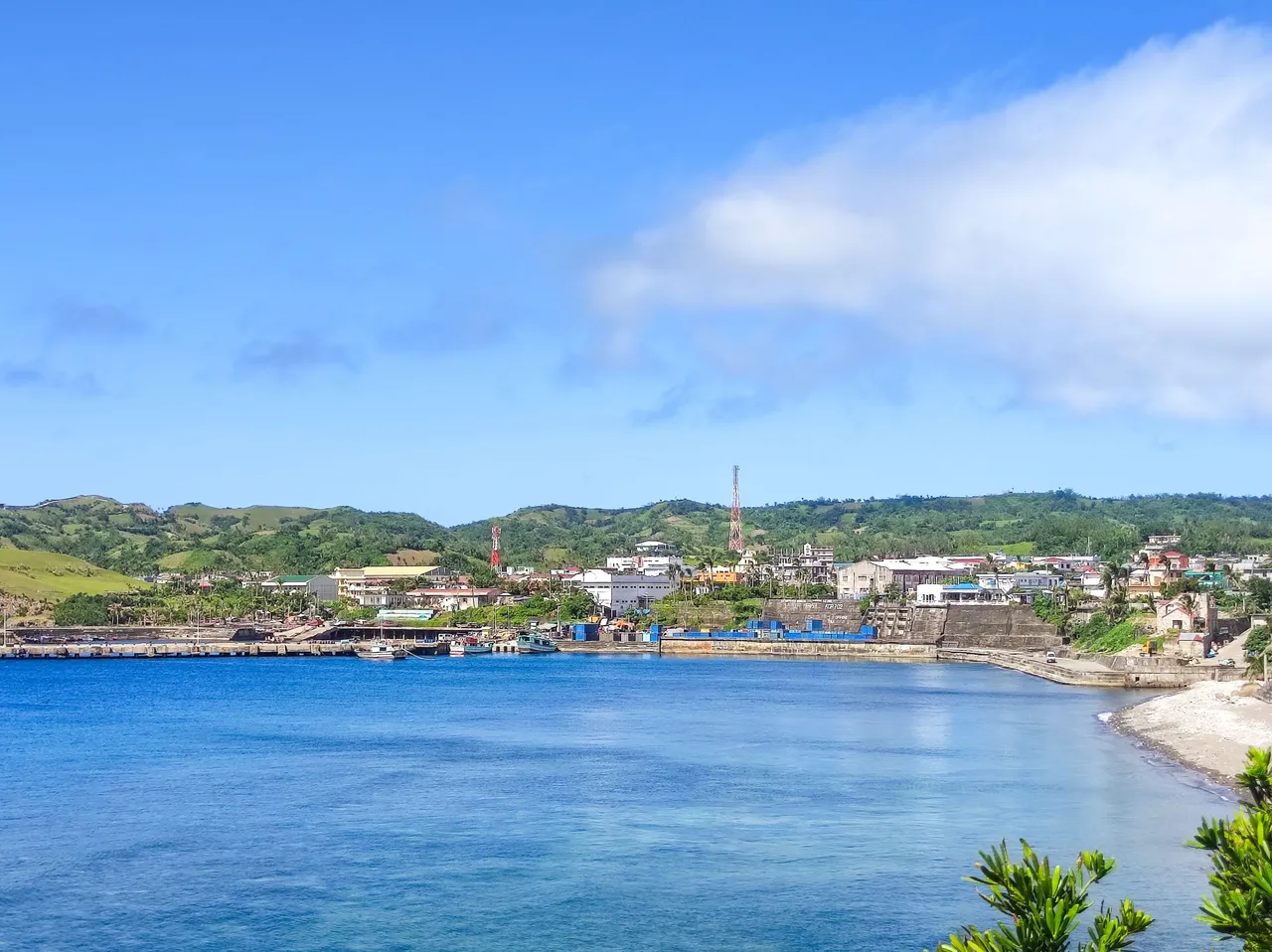
Hello everyone!
It's time to start the North Batan Tour after a long pause. I promised that I would share everything about my ultimate travel destination in the Philippines, even down to the tiniest detail. It's one of those tiny details.
I apologize if I relapsed again, but a lot of things happened this month, and I had a hard time keeping up. I won't promise that I will stay consistent, but I'll try to post more often now. I just had to reel in the idea that there are a lot of decision-making processes to go through in the coming days, which will definitely change the trajectory of my life. Anyway, I already went off on a tangent from the main aim of this post. Let's go back to this awesome place.

It was such a fine day to start our tour that we thought all our days in Batanes would have a summer vibe — but we were wrong. The weather in Batanes changes as it pleases. As it turned out, these photos were the only ones I have in Batanes where it wasn't gloomy. The sea was so calm, but it wasn't the characteristics of the waters surrounding the islands in that province. While we were there at the height of summer, the sea is still known to be rough all year round.
I already shared that it seems everything in Batanes feels different compared to the mainland. For the Ivatans, silence is sacred. The town of Basco is the capital of Batanes and yet, it has nothing of that bustling and fast-paced motion which is a characteristic of a place where most of the people congregate. They don't even have a public market in Basco.
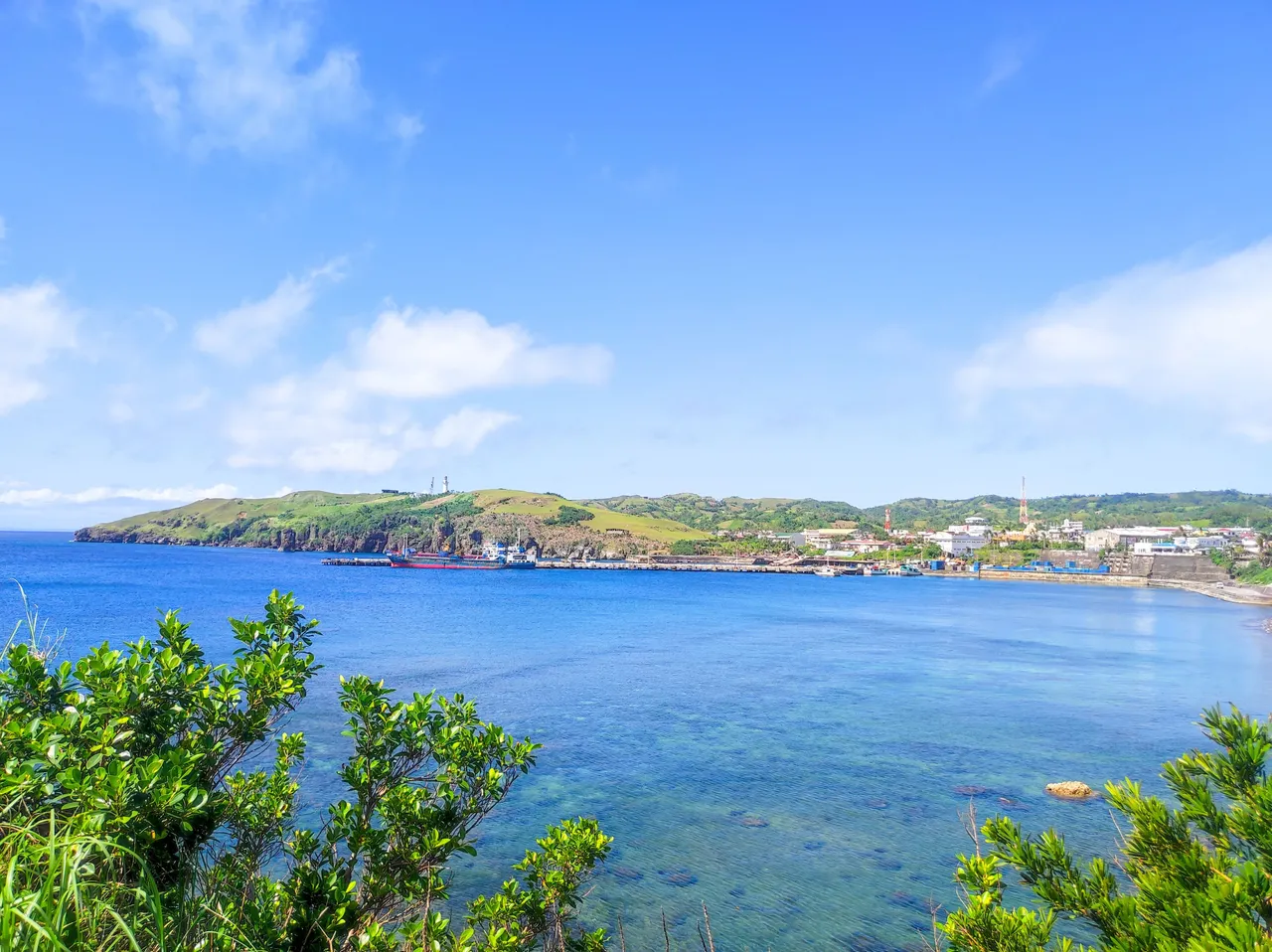
I didn't realize I was already looking at the provincial tree of Batanes. In the photo above, the plant/shrub in the foreground is called Batanes pine or commonly known as Arius (Podocarpus costalis). It's a plant that's already synonymous to Batanes. It can grow into a huge tree, but it's known to be a hedge or ornamental plant. As with any species of pine, it's actually a hardwood. Due to the microclimate of Batanes, it only bears fruit on the island, although it's endemic to the Philippines and Taiwan. Meaning, it can grow anywhere as an ornamental plant, but it won't bear fruit.
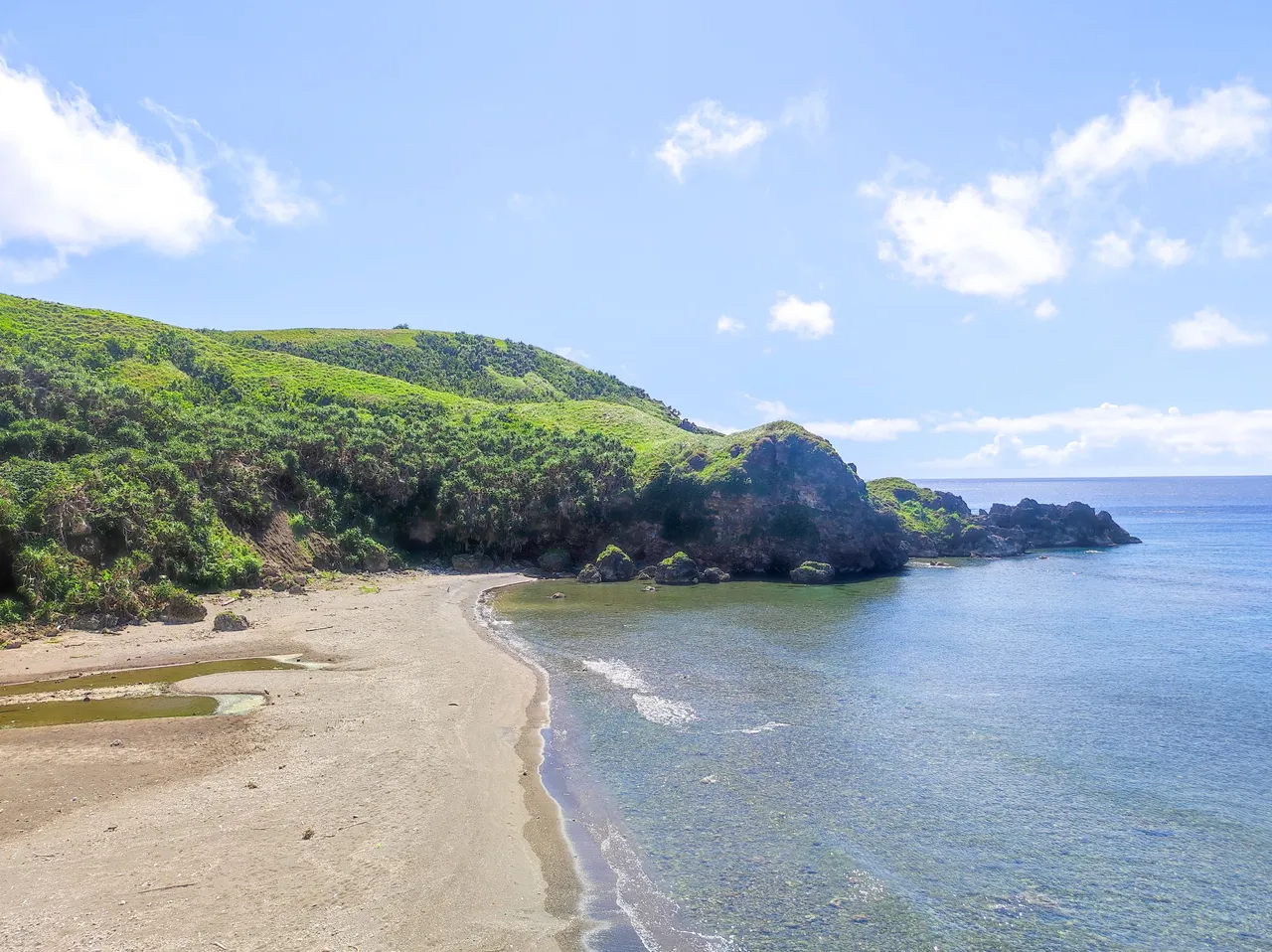
I just can't get over the rolling hills that Batanes is known for. The photo above was taken at the Basco Welcome Arch or at the Sunset Viewing Deck, but facing the opposite side of the town. Clear skies, pristine waters, and immaculate wind-swept hills - Batanes just didn't disappoint. As I've said before, the scenery of Batanes is not overpowering. It's more reserved just like the Ivatans. It's laid-back. It listens instead of shouting. It teaches you to revere the silence.
The photo above shows the view of the Port of Basco. Aside from Basco Airport, it's the gateway to Batanes. Almost all of the goods pass through this port. The port is one of the few links of the isolated province to the mainland.
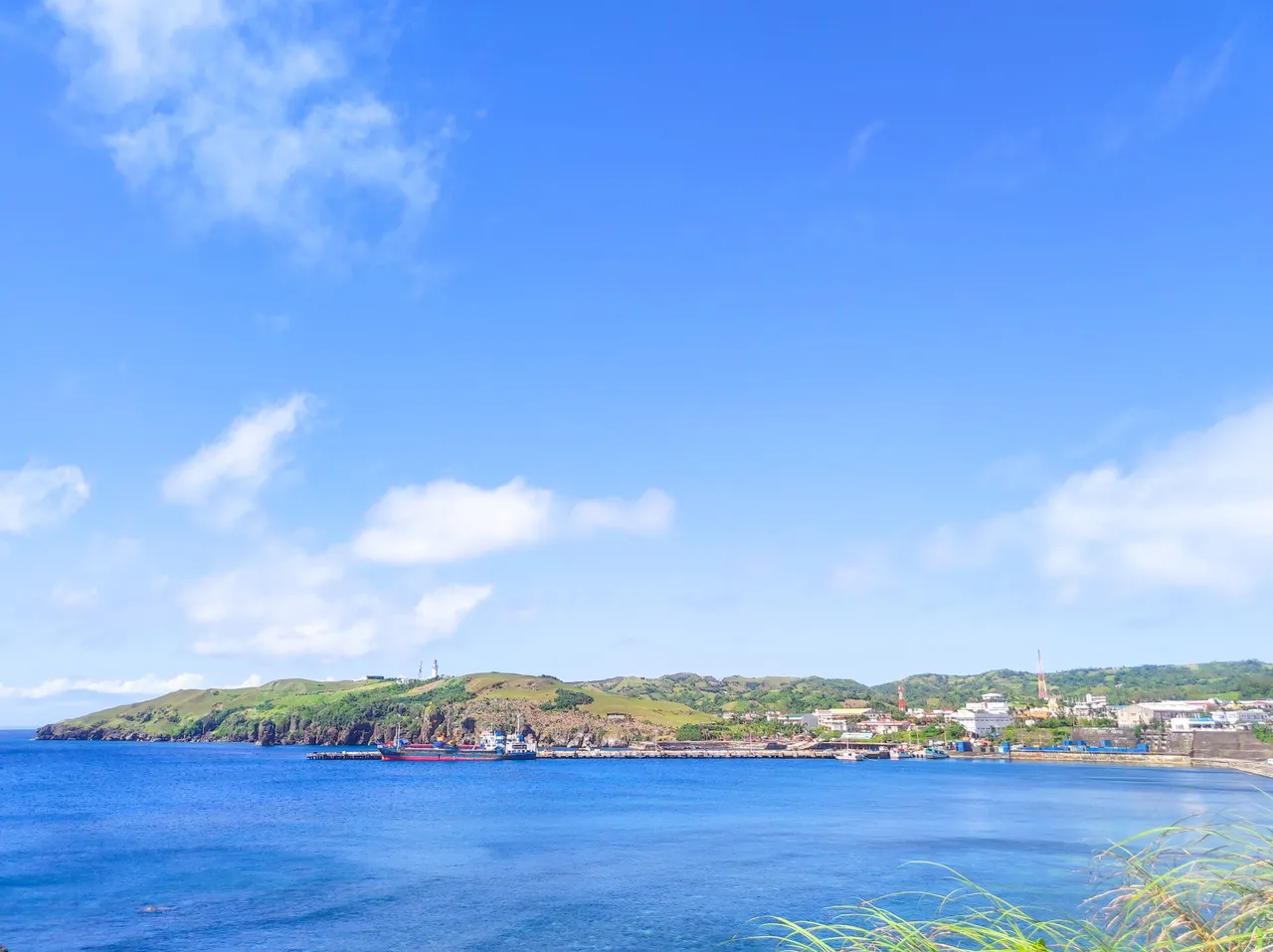
It's the stillness. No loud exclamations. In Batanes, time moves at a different rhythm. Anyway, here are my previous posts about or inspired from Batanes:
[1] Batanes: My Ultimate Travel Destination in the Philippines
[2] Sunset at Basco Lighthouse
[3] Sabtang Lighthouse Introspections [To All That Haunts Us]
[4] Not Lost: On the Process of Becoming
[5] From Clark to Basco
Kim Ybañez
Welcome to Kim's small corner in Hive. He is a chemical engineer by profession but a blogger by passion. He is a wanderlust and an adventure seeker. Join his quests as he visits remote destinations, climbs mountains, tries new and exotic dishes, and explores his country (The Philippines). He's also a trying-hard photographer, so stay tuned as he shares his photos and his thought process while creating them.
If you like his content, don't forget to upvote and leave a comment to show some love. You can also reblog if you want to. Also, don't forget to follow him to be updated with his latest posts.




